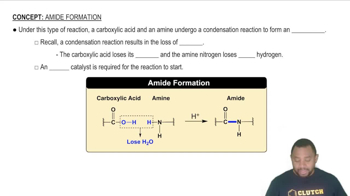Here are the essential concepts you must grasp in order to answer the question correctly.
Ionization Energy
Ionization energy is the energy required to remove an electron from an atom in its gaseous state. Cesium, with the smallest ionization energy, means it can easily lose an electron, forming a Cs+ ion. This property is crucial in understanding the reactivity of cesium, particularly in its ability to participate in ionic bonding.
Recommended video:
Electron Affinity
Electron affinity refers to the energy change that occurs when an electron is added to a neutral atom in the gas phase. Chlorine has a highly negative electron affinity, indicating that it releases a significant amount of energy when it gains an electron to form a Cl- ion. This strong tendency to gain an electron makes chlorine a powerful oxidizing agent.
Recommended video:
Ionic Bond Formation
Ionic bond formation occurs when one atom transfers an electron to another, resulting in the creation of positively and negatively charged ions. In this case, cesium can easily lose an electron due to its low ionization energy, while chlorine can readily accept an electron due to its high electron affinity, leading to the formation of Cs+ and Cl- ions, which are stable in an ionic compound.
Recommended video:
 McMurry 8th Edition
McMurry 8th Edition Ch.6 - Ionic Compounds: Periodic Trends and Bonding Theory
Ch.6 - Ionic Compounds: Periodic Trends and Bonding Theory Problem 81
Problem 81 Verified step by step guidance
Verified step by step guidance


